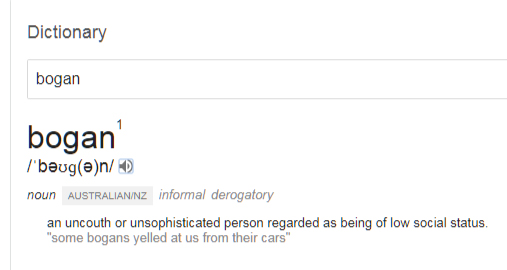Search This Blog
"Truth comes only to conquer those who have lost the art of receiving it as a friend." ~ Ravi Thakur
Featured
- Get link
- X
- Other Apps
Cyclone Hidaya Gives Kenya a Wide Berth: What next, After President Ruto Finally Starts Heeding the Weatherman?
So William Ruto is now listening to the weatherman: "President Ruto warned that things may go from bad to worse if the warning by the weatherman is anything to go by." Ni God, manze! Long gone are the days of lakini mungu ni nani🤣
— 𝕵𝖆𝖛𝖆𝖓 𝕺𝖓𝖌𝖚𝖗𝖚™ 🇰🇪 🇺🇬 🇹🇿 (@OnguruMeister) May 3, 2024
Cyclone Hidaya #EurobondKE Baba Mithika Linturi pic.twitter.com/53r29gSgME
What we're witnessing since beginning of March is our long rainy season. Absolutely normal! IGAD warned us of looming disaster in February, but instead of action, some people around here chose to go collect Benny Hinn from America (on taxpayer money) to pray for a bloody husband! pic.twitter.com/3fK8vvkatL
— 𝕵𝖆𝖛𝖆𝖓 𝕺𝖓𝖌𝖚𝖗𝖚™ 🇰🇪 🇺🇬 🇹🇿 (@OnguruMeister) April 30, 2024
As the nation prepares to deal with the aftermath, a closer look at the situation reveals both challenges and opportunities for proactive measures.
Current Situation
According to the Kenya Meteorological Department, Cyclone Hidaya dissipated after hitting Mafia Island, Tanzania, sparing Kenya from its full force. Nevertheless, residual rain clouds are expected to bring moderate to heavy rainfall to coastal regions, particularly Kwale, Mombasa, Kilifi, and Lamu counties. Director of Meteorological Services, David Gikungu, warns of the possibility of inland extension of rains accompanied by strong winds in the coming days.
President Ruto's Response
In a notable shift, President Ruto has shown a newfound interest in weather forecasts, a departure from previous instances where government responses were lambasted for being sluggish and unprepared. This change comes in the wake of criticism following his mishandling of the El Nino warning last November, which resulted in inadequate preparations and a delayed response to the ongoing flooding crisis.
The Way Forward
- Enhanced Preparedness: With President Ruto's apparent acknowledgment of the importance of weather forecasts, there's an opportunity to bolster the nation's preparedness for future weather-related disasters. This includes investing in early warning systems, infrastructure improvements, and public awareness campaigns.
- Collaborative Efforts: Government agencies, local authorities, and communities must collaborate closely to mitigate the impact of the ongoing heavy rains. Proactive measures such as preemptive evacuations in flood-prone areas and stockpiling of essential supplies can help minimise casualties and damage.
- Community Engagement: Empowering communities to take proactive measures is crucial in disaster preparedness. Educating residents on evacuation procedures, safe shelter options, and basic first aid can save lives and reduce the strain on emergency response teams.
- Infrastructure Resilience: The aftermath of Cyclone Hidaya highlights the need for resilient infrastructure that can withstand extreme weather events. Investments in flood defenses, drainage systems, and reinforced buildings can mitigate the impact of future cyclones and floods.
We have adopted a whole-of-government approach to ensure an effective response to the flood crisis. With meteorological reports forecasting increased rainfall, we urge Kenyans in flood-prone areas to promptly relocate to safer grounds. Adequate resources have been allocated to… pic.twitter.com/gOib7ZAyJZ
— William Samoei Ruto, PhD (@WilliamsRuto) May 3, 2024
As Kenya braces for the aftermath of Cyclone Hidaya, let us hope that President Ruto's newfound close attention to weather experts (in lieu of prayers) offers a glimmer of hope for improved disaster preparedness. However, proactive measures, collaborative efforts, and community engagement remain paramount in safeguarding lives and livelihoods. By learning from past mistakes and embracing a proactive approach, Kenya can build resilience against future weather-related disasters and ensure a safer, more secure future for all.
- Get link
- X
- Other Apps
Popular Posts

The One On Why Uganda Produces Shitty Ads
- Get link
- X
- Other Apps

Of Australian Bogans Masquerading As Creatives In Nairobi Agencies
- Get link
- X
- Other Apps
.jpeg)
Comments
Post a Comment